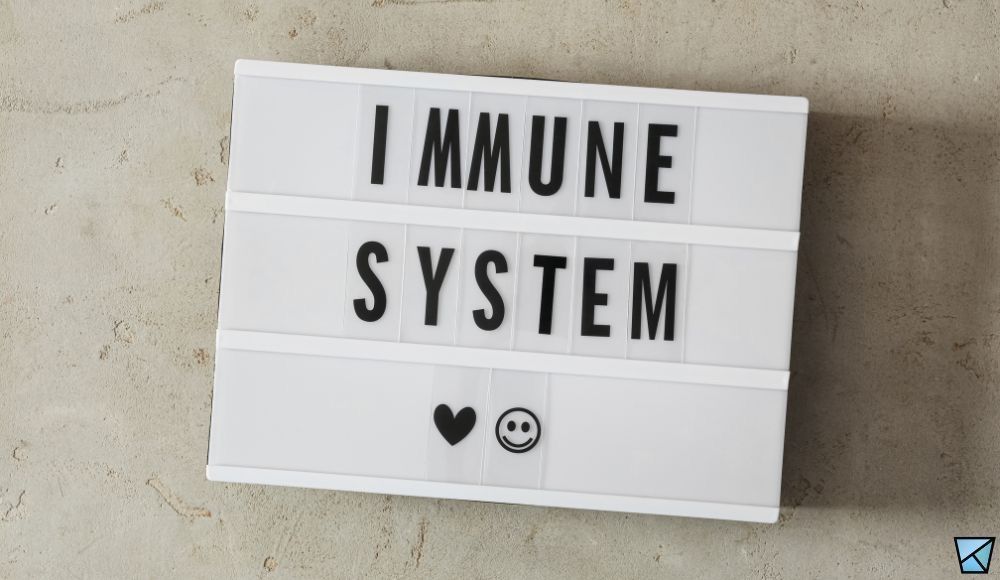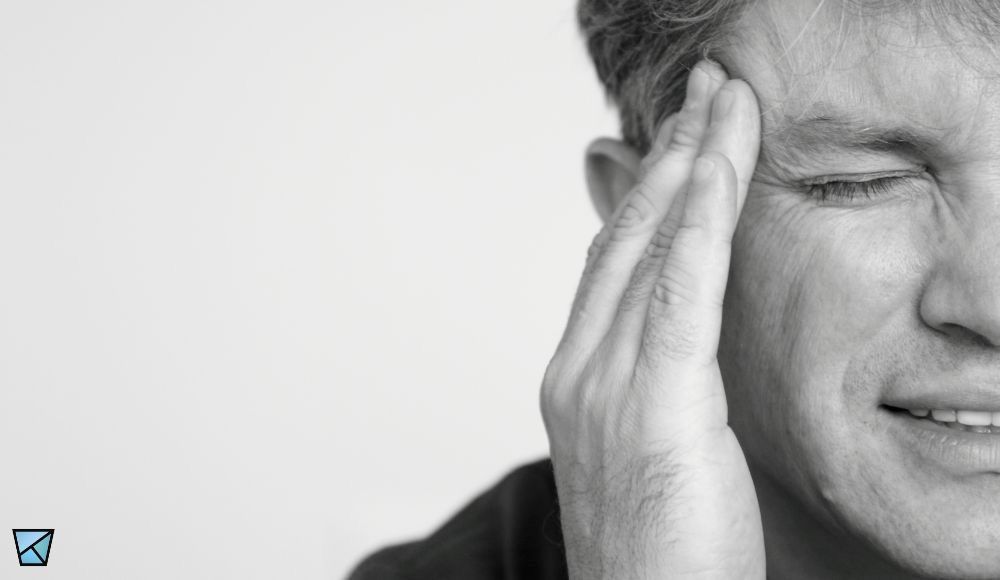
The atlas (C1) and axis (C2) vertebrae are crucial in upper cervical care. They form the foundation for spinal health, influence overall well-being, and play a significant role in alleviating various ailments. Understanding these vertebrae is essential for practitioners and patients seeking optimal health outcomes.
Understanding C1 and C2 Vertebrae
The Atlas (C1) and Axis (C2) form the uppermost part of the cervical spine, connecting the skull to the rest of the spinal column. This region has several distinctive features:
- Atlas (C1): The atlas is a ring-shaped vertebra that supports the skull and allows for head nodding.
- Axis (C2): The axis is the second cervical vertebra. Its unique projection, the odontoid process, is a pivot point for the atlas.
- Flexibility: Together, these vertebrae enable a wide range of head movements, including rotation, flexion, and extension.
Their Impact on Health
The alignment of the atlas and axis vertebrae plays a crucial role in overall spinal health due to their unique anatomy and position at the top of the cervical spine. Here's how their alignment affects spinal health:
- Foundational Support: The atlas serves as the foundation for the skull, supporting its weight of about 10-12 pounds. Proper alignment of the atlas is essential for balancing the head, maintaining overall spinal alignment, and preventing stress on the entire spinal system.
- Neurological Impact: The atlas and axis are near critical neurological structures, so misalignment can put undue stress on the brainstem, potentially disrupting communication between the brain and the rest of the body. The upper cervical region houses the uppermost part of the spinal cord. Additionally, the C1 and C2 nerve roots are located near these vertebrae and can be affected by misalignment.
- Postural Effects: Misalignment of the atlas and axis can lead to poor posture, compensatory shifts in other parts of the spine, and uneven shoulder alignment.
- Blood Flow: The vertebral arteries, which supply blood to the brain, pass through the atlas vertebra. Misalignment can compromise blood flow to the midbrain, affect the return of blood flow from the brain to the heart, and impact blood pressure.
- Range of Motion: The atlas and axis allow for a wide range of head movements. Misalignment can reduce flexibility, cause neck stiffness, and limit head rotation.
- Systemic Health Effects: Proper alignment of the atlas and axis influences various bodily functions such as nervous system efficiency, sleep-wake cycles, digestive function, and overall energy levels.
- Pain and Discomfort: Misalignment of these vertebrae can lead to various symptoms, including chronic neck pain, headaches and migraines, shoulder and back pain, and tingling and numbness in the arms or hands.
Upper Cervical Adjusting Techniques
Here are some techniques for adjusting the atlas and axis vertebrae that we utilize at Keystone Specific Chiropractic Center:
Adjustment Techniques
The atlas can be manually adjusted using specific chiropractic techniques:
- Knee Chest Upper Cervical Posture: The chiropractor uses precise, gentle corrections in a supported knee-chest posture to restore alignment in the upper cervical spine, enhancing nervous system function and overall health.
- Side Posture Toggle: a chiropractic technique that delivers a quick, precise thrust to realign the upper cervical spine while the patient is positioned on their side.
Many chiropractors use specialized instruments for gentle, precise atlas adjustments:
- Activator Instrument: In some special populations we will use the activator instrument to make upper Cervical Chiropractic Corrections, which is a gentle instrument used to make a gentle correction.
Choose Keystone Specific Chiropractic Center for All Your Upper Cervical Chiropractic Needs
At Keystone Chiropractic Center, we restore function rather than merely treat symptoms. Our state-of-the-art technology determines and measures your problem, enabling us to correct your health issues.
If you want to relieve pain and start experiencing a healthy existence, contact us today and schedule an appointment with our dedicated and professional team.






